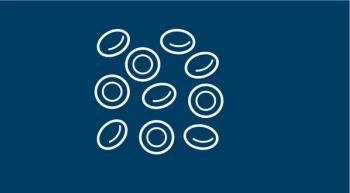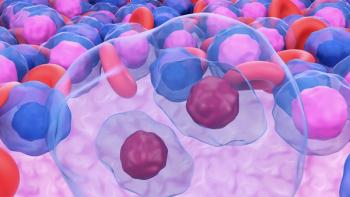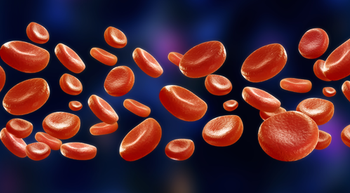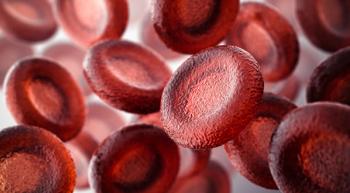
- October 2018
- Volume 12
- Issue 8
MDM2 Inhibitor May Improve Response in Acute Myeloid Leukemia
Investigators are hopeful that idasanutlin, a novel small molecule that targets the MDM2 protein, is being tested in combination with cytarabine in the international phase III MIRROS clinical trial (NCT02545283) to see if omprove the efficacy of chemotherapy in patients with relapsed/refractory acute myeloid leukemia (AML).
Investigators are hopeful that idasanutlin, a novel small molecule that targets the MDM2 protein, can improve the efficacy of chemotherapy in patients with relapsed/refractory acute myeloid leukemia (AML). This agent is being tested in combination with cytarabine, which is commonly used as a first or second salvage therapy in this patient population, in the international phase III MIRROS clinical trial (NCT02545283).
RATIONALE
Idasanutlin inhibits the MDM2 protein, which degrades p53, a known tumor growth suppressor, said Marina Y. Konopleva, MD, PhD, professor in the Department of Leukemia at The University of Texas MD Anderson Cancer Center in Houston. The drug binds to MDM2 to prevent the inter­action between the 2 proteins, resulting in the ongoing activation of p53 and tumor-cell apoptosis.1
TRIAL DESIGN
The primary endpoint in the MIRROS trial is overall survival (OS) and will be assessed in a subset of the patient population with the gene TP53 wild-type, with OS in the overall population as a secondary endpoint. Assessing the TP53 wild-type population as the primary endpoint is important because idasanutlin’s mechanism of action depends on p53, which is encoded by TP53.
About 440 participants are expected to join the trial (NCT02545283). They will be randomized 2:1, idasanutlin with cytarabine versus cytar­abine with placebo. In the experimental arm, 300 mg of idasanutlin will be given orally twice a day in a 28-day treatment cycle (cycle 1). Responding participants may continue with 300 mg once daily (cycles 2 and 3) for 5 consecutive days each 28-day treatment cycle. One g/m2 IV infusion of cytarabine will be given for 5 consecutive days each 28-day treatment cycle.
WHO IS ELIGIBLE?
The trial is currently enrolling patients with relapsed/refractory AML who have experienced 1 or 2 relapses. They also must have received no more than 2 prior induction regimens, and 1 or both must have included cytarabine with an anthracycline.
Konopleva is hopeful that if idasanutlin and cytarabine yield a higher response rate than cytarabine alone in the MIRROS study, the combi­nation could become a standard of care for patients with AML with the TP53 wild-type gene as first or second salvage therapy.
REFERENCE
- Idasanutlin. Genentech website. biooncology.com/pipeline-molecules/idasanutlin. html. Accessed June 4, 2018.
A version of this article was originally published by
Articles in this issue
about 7 years ago
Rebuilding the Breastabout 7 years ago
Understanding Multigene Testing for Breast Cancerabout 7 years ago
Bypassing the SICU May Improve Patient Outcomesabout 7 years ago
Ketamine May Benefit Those With Difficult Pain From Ovarian Cancerabout 7 years ago
Dressing for the Seasonabout 7 years ago
Recognize and Report Itabout 7 years ago
Camping for Healthabout 7 years ago
Nursing Through the Prism of ChildhoodNewsletter
Knowledge is power. Don’t miss the most recent breakthroughs in cancer care.

















































































